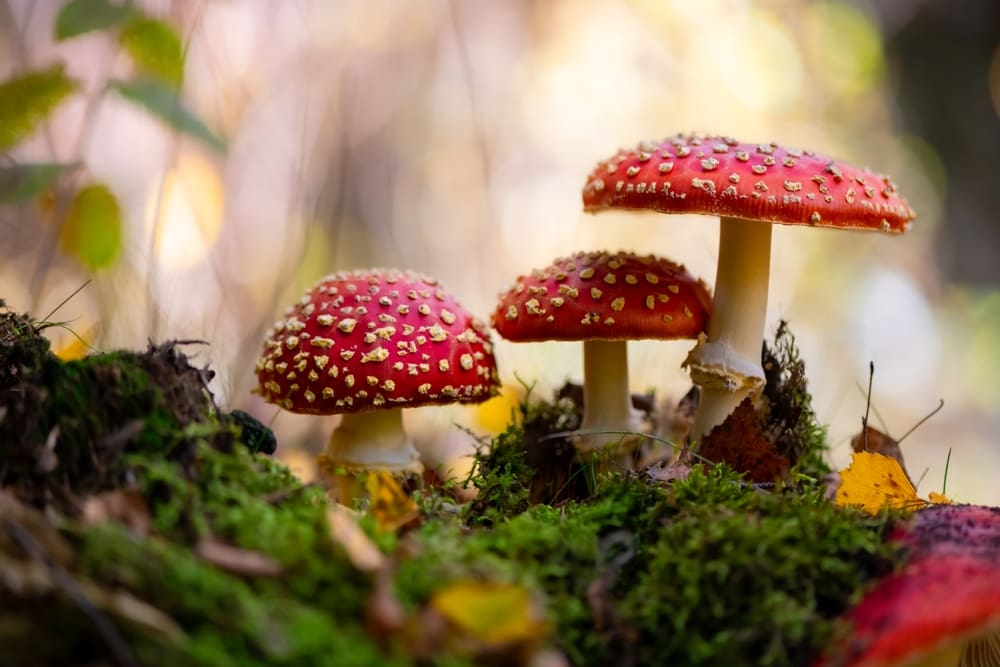The Ultimate Guide to Identifying Edible Amanita Mushrooms
Mushrooms hold a fascinating place in the realm of nature, providing significant value from both culinary and medicinal perspectives. Among the diverse and vast family of fungi, the Amanita genus often stands out due to its vibrant colors and distinctive cap shape. However, while some Amanita mushrooms are edible and highly prized, others can be deadly. Today, we’ll delve into the world of edible Amanita mushrooms, guiding you through their identification, their culinary uses, and safety precautions.
Getting Started: The World of Amanita Mushrooms
The Amanita family includes hundreds of species, many of which are toxic. However, there are a few gems that not only are safe to eat but offer an excellent flavor profile. Notable among these are Amanita caesarea, known as Caesars mushroom, and Amanita rubescens, commonly called the Blusher. These two species are considered safe to consume, but they should only be collected and prepared by experienced foragers and mycologists.
As a rule of thumb, always remember, when it comes to mushroom foraging, safety should be your top priority. Before you start, familiarize yourself with local species and their characteristics. You may find this mushroom identification guide helpful.
Step-by-Step Instructions: Identifying Edible Amanita Mushrooms
1. Recognize the Amanita Genus
Amanitas are easily identifiable by their free gills (they don’t attach to the stem), a veil (a thin layer of tissue) that often forms a ring on the stem, and a volva at the base of the stem. The cap often has white, tan, red, or yellow hues.
2. Identify Amanita caesarea (Caesar’s Mushroom)
Caesar’s mushroom has a distinctive orange-red cap, yellow gills, and a yellow stem. It is found in hardwood forests, especially those with oak and chestnut. This species is considered a delicacy in Italy and Spain.
3. Spot Amanita rubescens (The Blusher)
The Blusher has a pinkish-brown cap that becomes reddish or pink when damaged. It’s widely distributed across North America and Europe. This mushroom must be cooked well before consumption to neutralize toxins.
Always cross-verify your findings with reliable resources such as Mushroom World or consult a local mycologist before you consume any wild mushrooms.
Safety Tips For Beginners
Amanitas can be deceptive, and incorrect identification can lead to serious health issues. Therefore, if you’re a beginner, it’s essential to follow certain rules:
- Never consume a mushroom if you’re not 100% sure about its identification.
- Always cook Amanita mushrooms thoroughly before eating. Some contain toxins that can be neutralized by cooking.
- Consider participating in guided mushroom foraging tours or workshops to gain hands-on experience. Websites like Wild Food UK offer such opportunities.
The adventure of exploring the world of mushrooms is an enriching and exciting journey. However, understanding and
respecting their power is key to enjoying them safely. Whether you’re a seasoned mycologist or a beginner, the world of Amanita mushrooms offers a unique perspective on the beauty and intricacy of nature.







